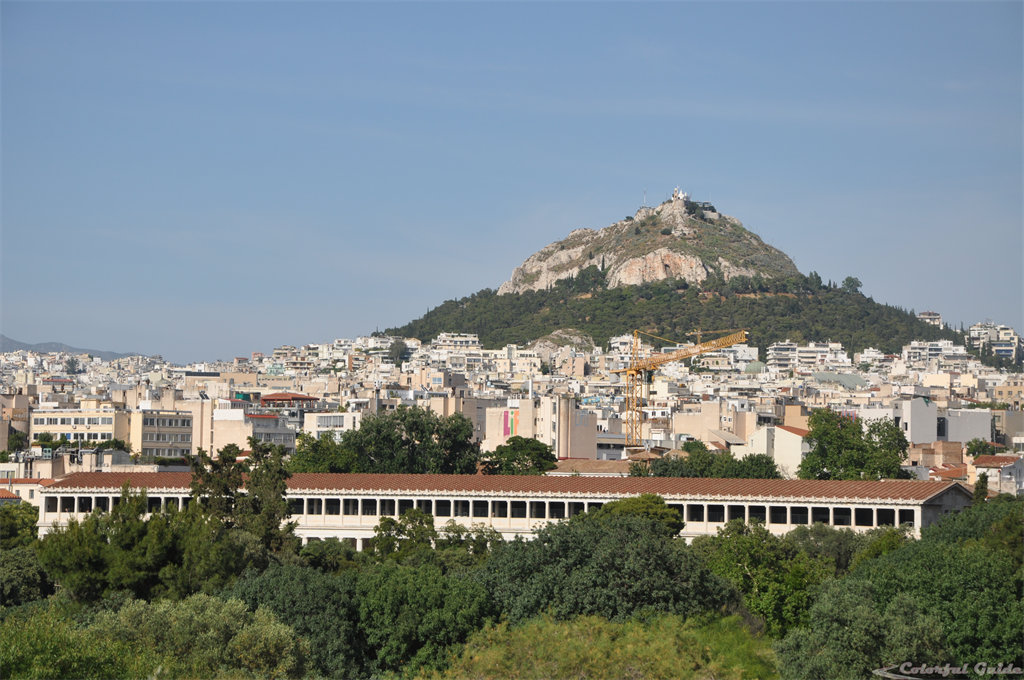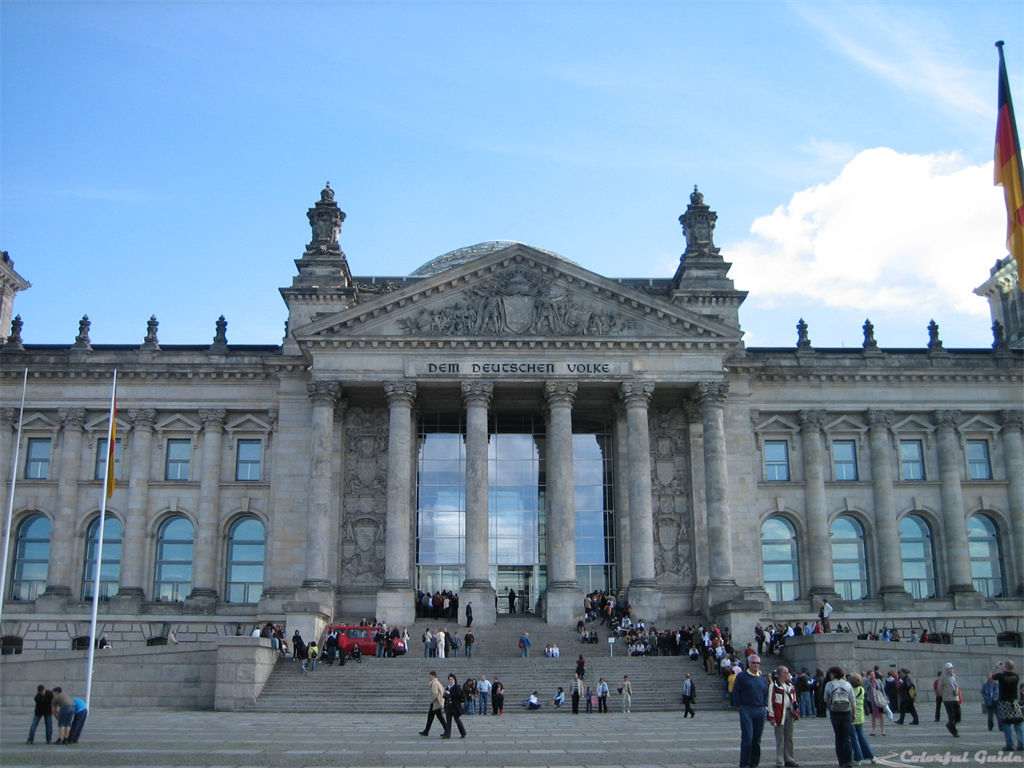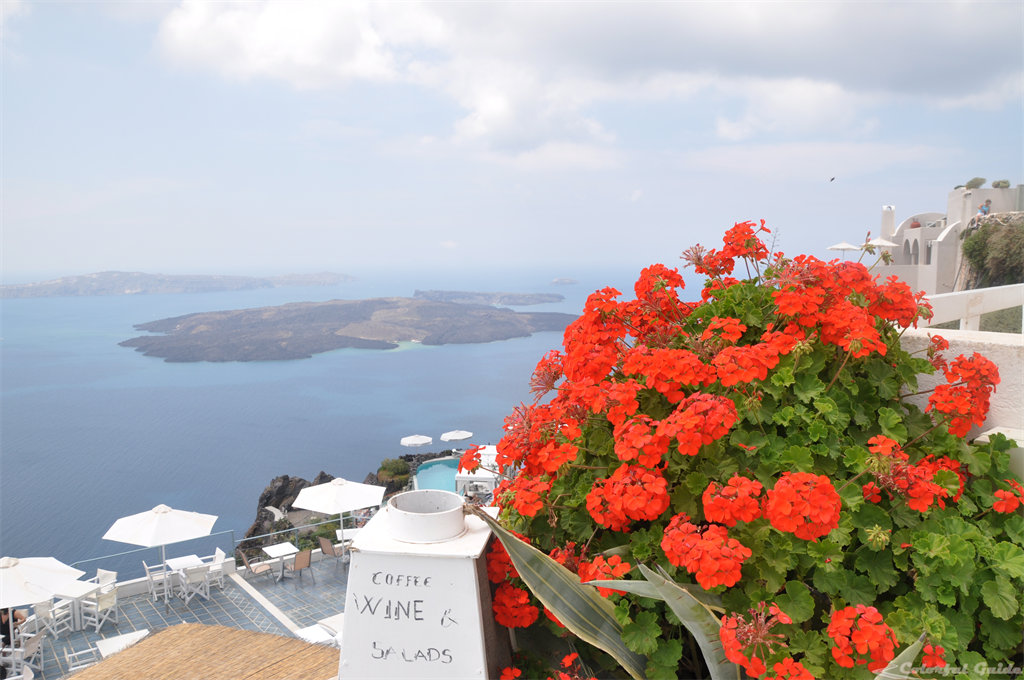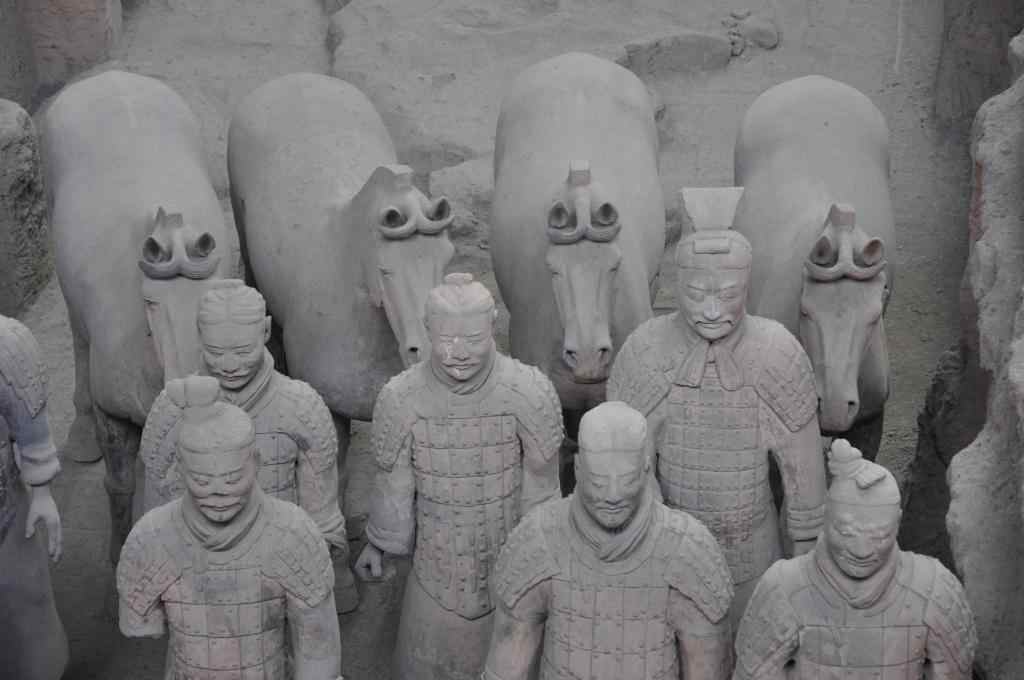The Athens combined ticket gives you the chance to visit seven of the most important archaeological areas of ancient Greece.
Athens Combined Ticket
archaeological areas in athens
Athens is one of the oldest cities in the world, where evidence of rare beauty abounds. We all have in our eyes the image of the Acropolis hill dominated by the Parthenon. We often make the mistake of associating the Acropolis with the birth of democracy and the Western world. But the Acropolis had mainly religious purposes.
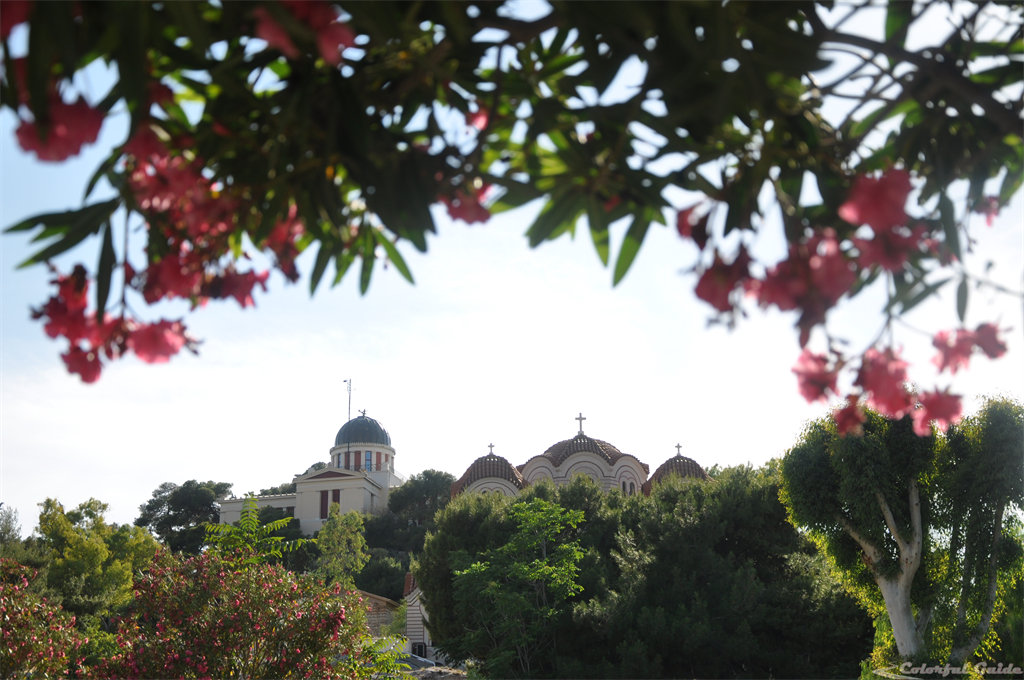
The assemblies in which all male and free citizens made decisions on the future of the city took place in the Agora, the main city square. Therefore, there is a large archaeological heritage outside the Acropolis that every traveler need visit to understand European history better.
Once in the Greek capital, we went to the tourist office near the “Akropoli” metro station. When we asked to buy a ticket for the Acropolis, the kind staff recommended the combined ticket. This choice couldn’t be better.

In order not to concentrate tourists only on the most famous archaeological area, the Greek Minister of Culture offers a single ticket for seven different areas. The special price of 30 euros entices tourists to observe masterpieces that would otherwise fade into the background.
The seven archaeological areas for your amazing city trip are
- Acropolis and slopes
- Olympieion
- Ancient Agora
- Roman Agora
- Hadrian’s Library
- Kerameikos
- Aristotle’s school (Lykeion)
Tickets are valid for five days from the selected date. Tickets can be purchased here.
Combined ticket tips
The opening hours of the archaeological areas in in athens are:

Last entry: half an hour before the closing time.
Closing dates: 1st January, 25th March, 1st May, Easter Sunday, 25th and 26th December.
The winter timetable and the cost of the ticket may vary according to the areas. We inserted this information into the description of the areas in the following sections of the article.
Travel Tips: The reduced ticket applies to children and to the winter timetable. Therefore, for those visiting Athens in winter, the combined ticket is not very convenient because the total cost of the seven attractions is 32 euros. If you purchase each ticket separately, it costs only 2 euro more than the combined ticket. In summer, the total cost of the attractions rises to 64 euros, that is, you can save more than 50% of the ticket fees if you choose to purchase the combined ticket.

We begin our journey from the two archaeological sites that can be easily reached from the “Akropoli” Metro stop.
Acropolis and slopes
Parthenon
Winter schedule (November to March) 08:00 am – 05:00 pm.
Ticket Costs: 20 euro full, 10 euro reduced.
The Acropolis hill belongs to the list of UNESCO World Heritage Sites since 1987. The hill dominates the center of Athens with its 156m high. Here is the Parthenon, one of the most famous monuments in the world, built about 2,400 years ago.
Phidias, the most important architect of the time, supervised the work of the Parthenon that was a temple dedicated to Athena (goddess of wisdom and protector of the city of Athens). The name itself derives from the word Parthenos, which recalls the state of the goddess who was unmarried and a virgin.
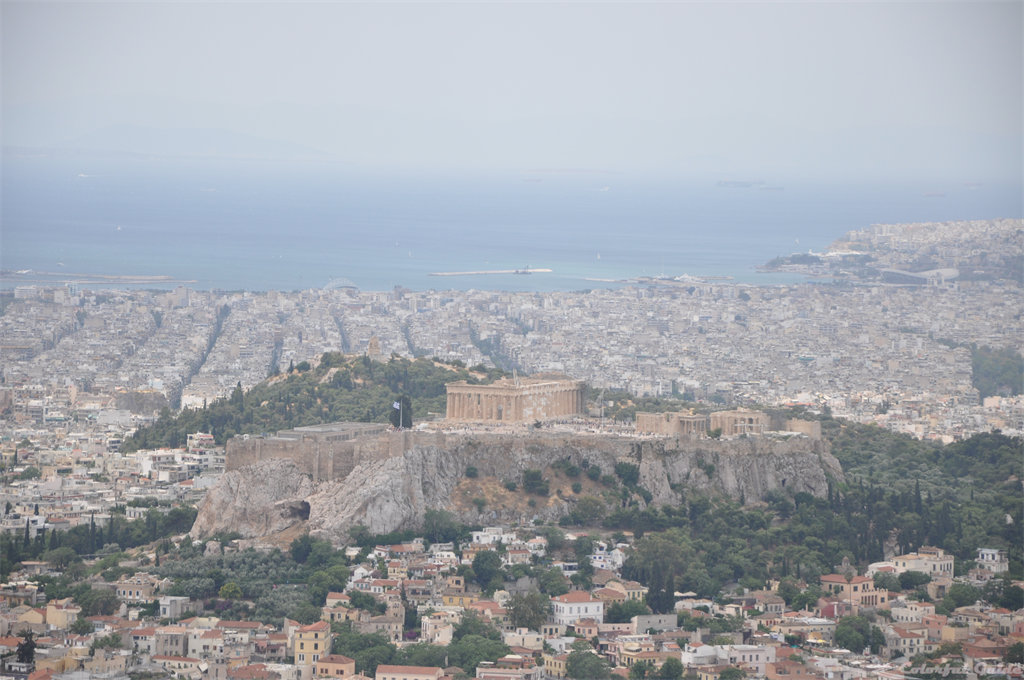
The workers built an imposing work, 70 meters long and 30 wide, which still fascinates spectators who come from all over the world today. From the hill you can also enjoy the panorama of the city that includes the nearby Filopappou hill. Unfortunately, it is not possible to admire the original sculptures that adorned the gables of the temple.
The Parthenon sculptures are in fact in the British Museum in London. In 1811, the Ottoman authorities allowed Count Thomas Bruce of Elgin to steal the Parthenon Marbles. Some influential intellectuals, such as the poet Lord Byron, criticized the gesture. The British Parliament finally decided to buy the works legally and exhibit them in London museums.
Slopes of the Acropolis
On the top of the hill there are other important works. The most famous is the Erechtheion, a minor sanctuary dedicated to Athena. The Erechtheion is the mythological place where Athena would have obtained the veneration of the Athenians after having challenged the god of the sea Poseidon. The referee of the challenge was Cecrops, first king of Athens and mythological figure half man and half snake.
The loggia with the caryatids is the most famous part of the Erechtheion. Here the tomb of King Cecrops would be kept. Today, we can admire these splendid columns that take the form of a female body.
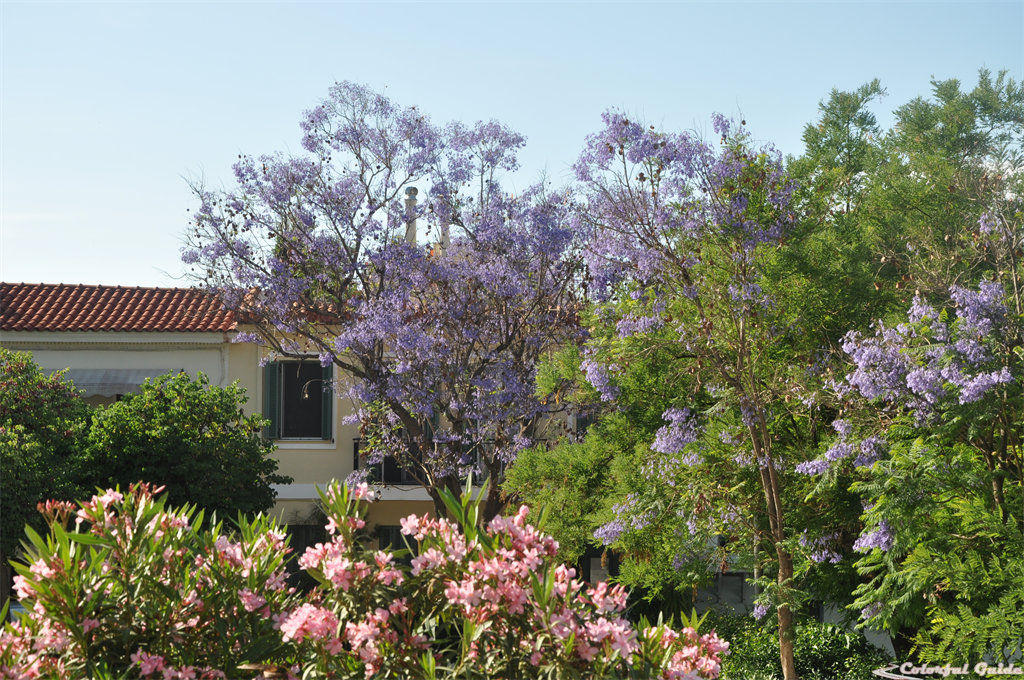
The slopes of the Acropolis continue to thrill travelers, especially with their fantastic theatres. On one side, the theater of Dionysus that is the most important of antiquity stands out. The great Athenian playwrights, such as Euripides, Aeschylus, Sophocles and Aristophanes staged their comedies here.
Nearby, there is the Odeon of Herodes Atticus, a work dating back to the domination of the Roman Empire. Senator Herodes Atticus decided to build this theater in memory of his deceased wife in the 2nd century.
In the 20th century, the Greek authorities decided to restore the theater that hosts the concerts of the Athens Epidaurus Festival during the summer. In 1957, “La Divina” Maria Callas who was the most famous soprano of the time gave a concert right in the Odeon of Herodes Atticus.
Olympieion
Winter schedule (November to March) 08:00 am – 05:00 pm.
Ticket Costs: 8 euro full, 4 euro reduced.
From the Acropolis hill one can easily observe the temple of Olympian Zeus. From above you have a suggestive view of what remains of the largest temple of ancient Greece. If you enter the area, you will be able to touch its ancient grandeur by observing its 17-metre-high columns from below.
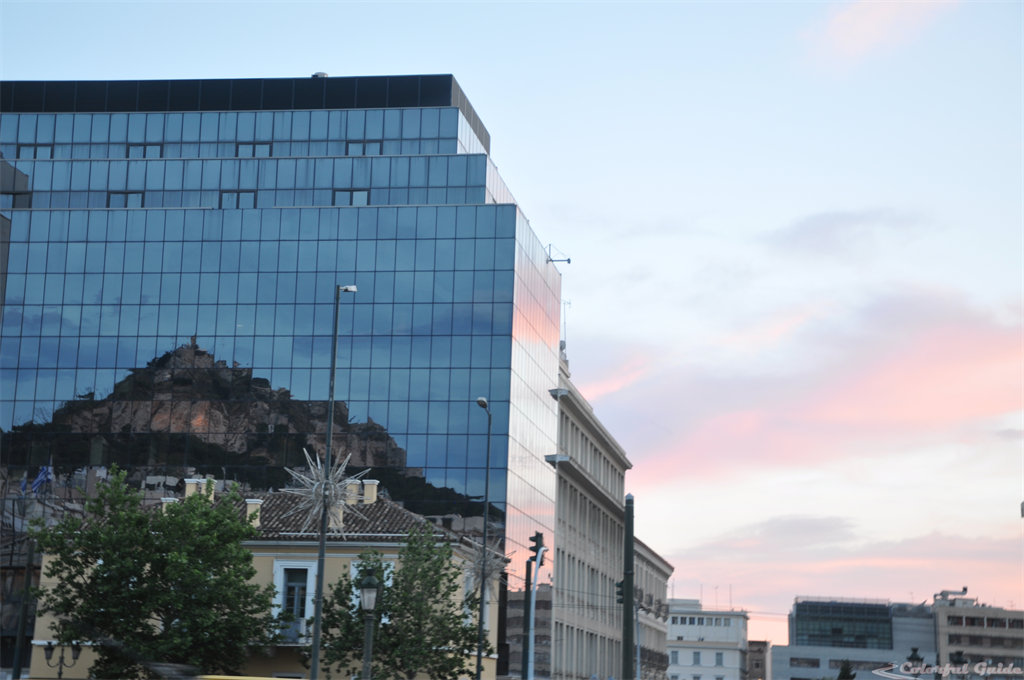
The tyrants who ruled Athens about 2,600 years ago decided to establish a large temple in the heart of the city in honor of Zeus, the king of all gods. But the work was too ambitious and the tyrants could not finish it.
The subsequent democratic government refused to continue the work because it did not want to complete a work started by the tyrants. In the 2nd century, the Roman emperor Hadrian, a great admirer of Hellenic art, completed the temple.
Soon, most of the temple collapsed, either destroyed during the barbarian invasions or due to earthquakes. Today a small part remains standing, flanked by Hadrian’s arch.
Ancient Agora
The next three archaeological sites are located in the vicinity of the “Monastiraki” metro station.
Winter schedule (November to March) 08:00 am – 05:00 pm
Ticket Costs: 10 euro full, 5 euro reduced.
The Agora is the main archaeological area located in the city centre. The vast park collects numerous testimonies of the era in which the Athenians invented democracy. At the entrance, travelers can admire the Stoà of Attalos, an imposing building rebuilt in 1951 to house the Agora Museum.
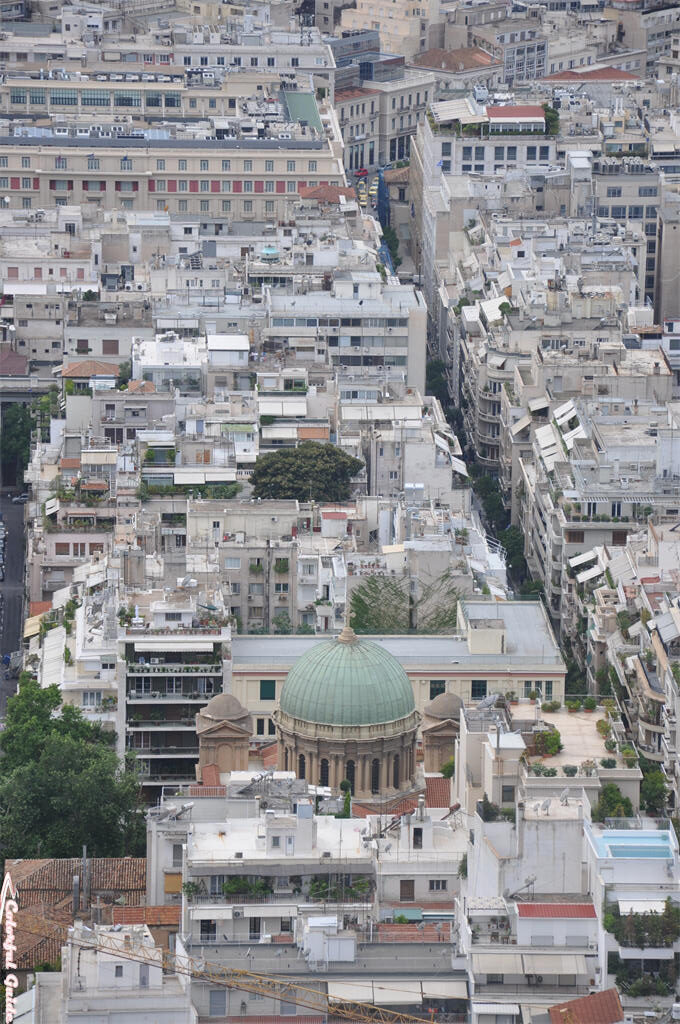
In ancient times, the Stoà was a long portico supported by two rows of columns, one internal and one external. Upstairs there were 21 shops. The king from Pergamum, a city located in present-day Turkey, donated the building to Athens because he had received his philosophical education here.
A few steps away from the Stoà is the church of the Holy Apostles. It is a small and cute 10th century church, which emerges from the ruins of the Agora with its Byzantine style. On the western side of the area, there is one of the best-preserved Doric temples in the world, dedicated to Hephaestus who is the god of fire.
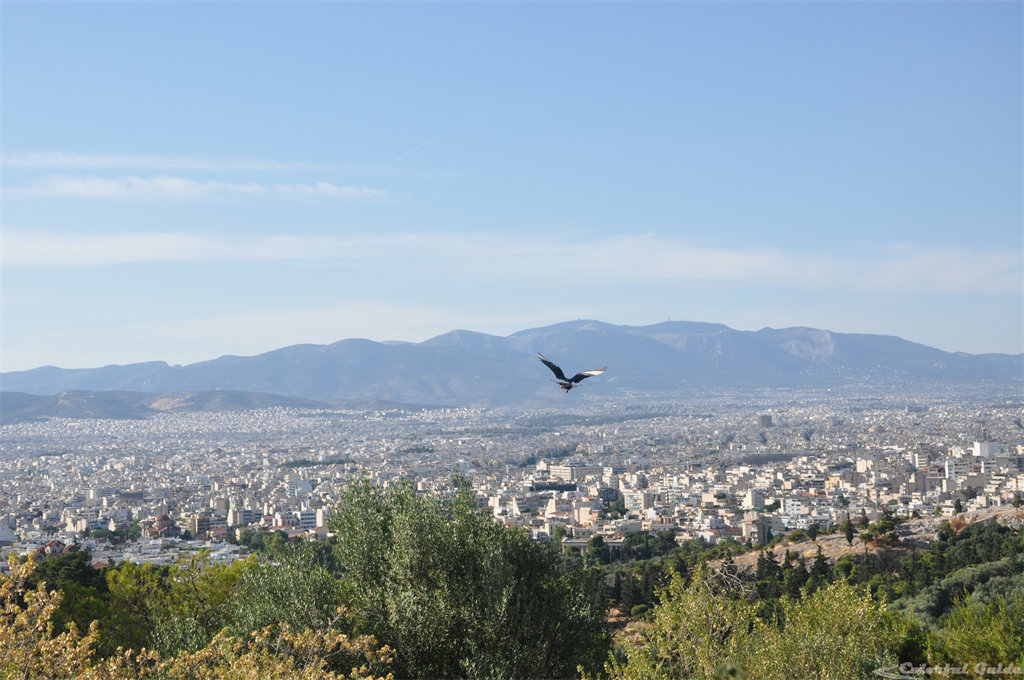
Architects built the temple of Hephaestus about 2,500 years ago on the hillock beside the ancient Agora. The temple fascinates viewers because it is better preserved than the Parthenon.
The subway stop next to the temple is called “Thēsêio” because this building can also be called Thēsêion. In the past, scholars mistakenly believed that the temple was the burial place of Theseus, the hero who defeated the minotaur on the island of Crete.
Roman Agora
Winter schedule (November to March) 08:00 am – 03:00 pm
Ticket Costs: 8 euro full, 4 euro reduced.
The Roman Agora is the town square built in a later period, under Roman domination. The emperor Augustus decided to build it around the year 10 B.C., while more than a century later Hadrian decided to expand it.
The public toilets called “vespasiani” are still visible here. Two well-preserved monuments emerge: the tower of the winds and the gate of Athena Archegetis. The latter represents the western gate of the Agora. Emperors Julius Caesar and Augustus financed the construction of the gate, which remains standing today with its four Doric columns and pediment.

The Tower of the Winds is a squat building (12 meters high and 8 meters wide) built by a Syrian astronomer. Above the sloping roof was a triton-shaped weather vane that indicated the direction of the winds. The eight sides of the tower depicted the eight winds.
Furthermore, the astronomer had installed a planetary clock on the tower which worked thanks to a complex hydraulic system. The clock, in addition to measuring the hours and the seasons, made it possible to make horoscopes.
Inside the Agora there is also the Fethiye mosque, a building dating back to the 15th century. When the Ottomans conquered Greece, the new authorities decided to reuse an earlier basilica to pay homage to the Muslim conquest of a Christian state. After a recent renovation completed in 2017, the Greek government has decided to use it for exhibitions and displays.
Hadrian’s Library.
Winter schedule (November to March) 08:00 am – 03:00 pm
Ticket Costs: 6 euro full, 3 euro reduced.
Hadrian was the Roman emperor who was most fascinated by Hellenistic and oriental culture, as evidenced by the remains of his gigantic villa in Tivoli, a few kilometers from Rome. Hadrian finished numerous monuments in Athens during his reign in the 2nd century. He built a huge library in the center of the Greek city, too.
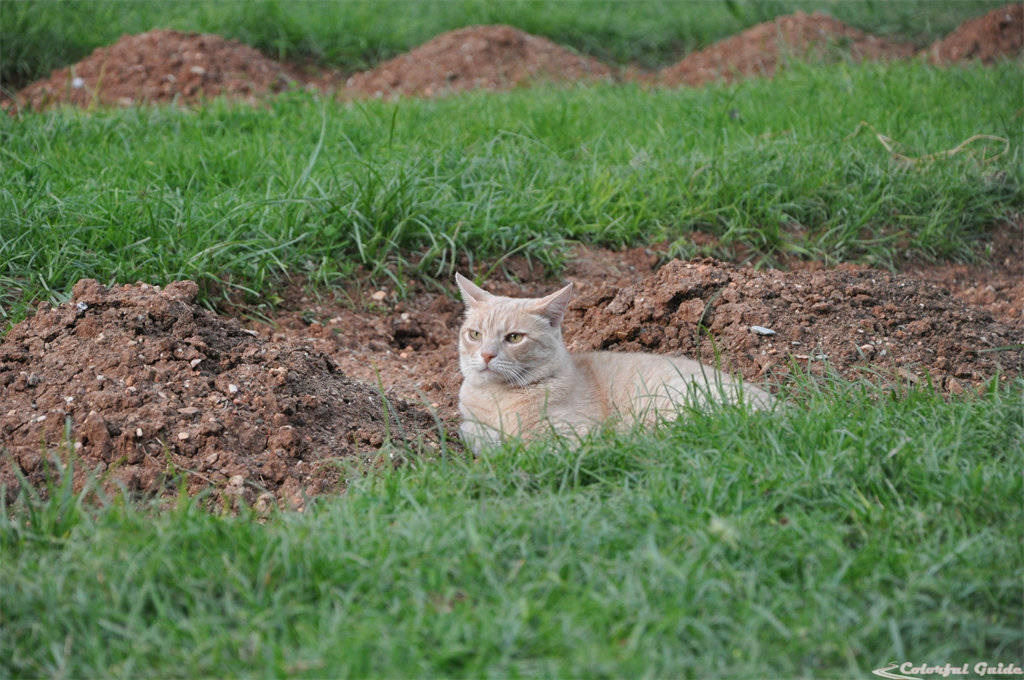
The library possessed 100 columns. A vast rectangular enclosure 122 meters long and 82 wide formed the structure of the building. The halls with the scrolls were located on the eastern side of the rectangle, while the entrance was located on the western side. A garden including a water basin, probably surrounded by statues, adorned the center of the library.
The Heruli pirates (barbarian people from northern Europe) destroyed the library during the sack of Athens in 267 AD. In 1885, a fire in the Ottoman bazaar returned the remains of the ancient building.
Today it is possible to admire the remains of the western side of Hadrian’s library.
Kerameikos
Winter schedule (November to March) 08:00 am – 05:00 pm
Ticket Costs: 8 euro full, 4 euro reduced.
This archaeological area can be accessed from the “Thēsêio” and “Kerameikos” metro stops.
A traveler need leave the walls of ancient Athens to go to the most important necropolis of the time. Kerameikos was in fact the main cemetery of Athens. Its name derives from the processing of ceramics, an activity that took place next to the cemetery, within the city walls.
Next to the Kerameikos was the sacred gate from which the sacred way entered Athens. The Athenians used this road to reach the sanctuary of Eleusis. The most important religious rites of ancient Greece, called the Eleusinian mysteries, were celebrated inside sanctuary of Eleusis.
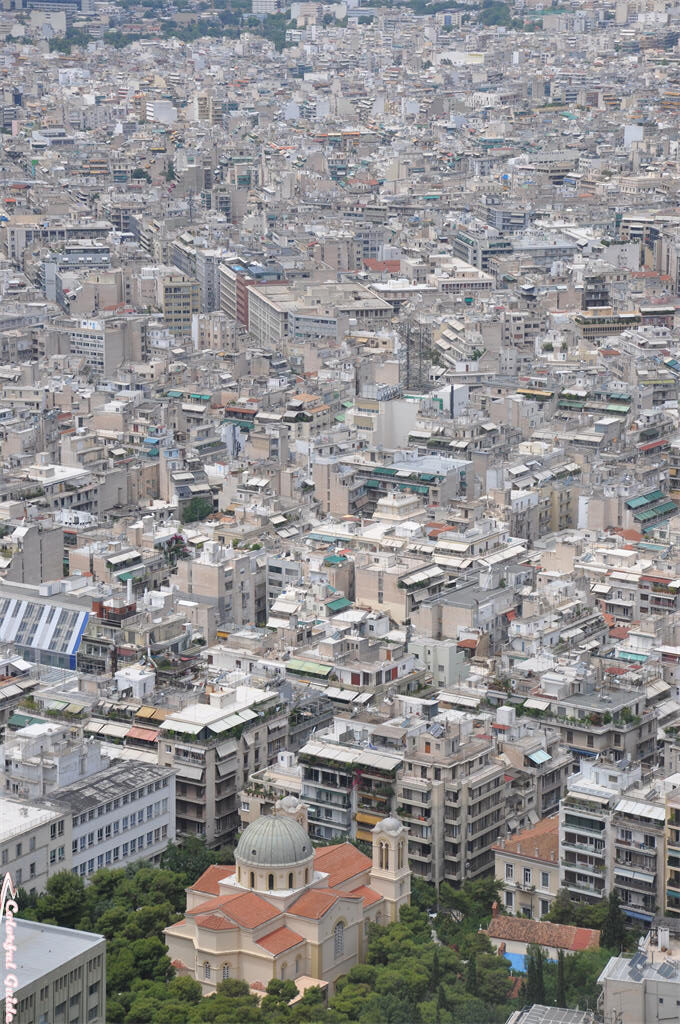
These rites were an agricultural cult that recalled the abduction of Persephone (daughter of Demeter, goddess of nature and crops) by Hades who is the god of the underworld.
Today Kerameikos is a splendid archaeological area where tourists can walk among ancient tombs, plants and flowers. Some tombs have a particular charm, such as the one adorned with a gigantic bull.
In the background of the archaeological area, you can see the church of the Holy Trinity that is an ancient Byzantine church. Today the church is an important meeting point of the Russian Orthodox faith community.
Aristotle’s school (Lykeion)
Winter schedule (November to March) 08:00 am – 05:00 pm.
Ticket Costs: 4 euro full, 2 euro reduced.
This archaeological area can be accessed from the “Evangelismos” metro station.
It is a recently discovered area and has been open to the public since 2009. When we visited Athens, the combined ticket did not include the area.
The place is famous because it is the school opened by Aristotle who was one of the most famous philosophers in history. The Lyceum was initially a sacred place, a temple dedicated to the sun god Apollo.
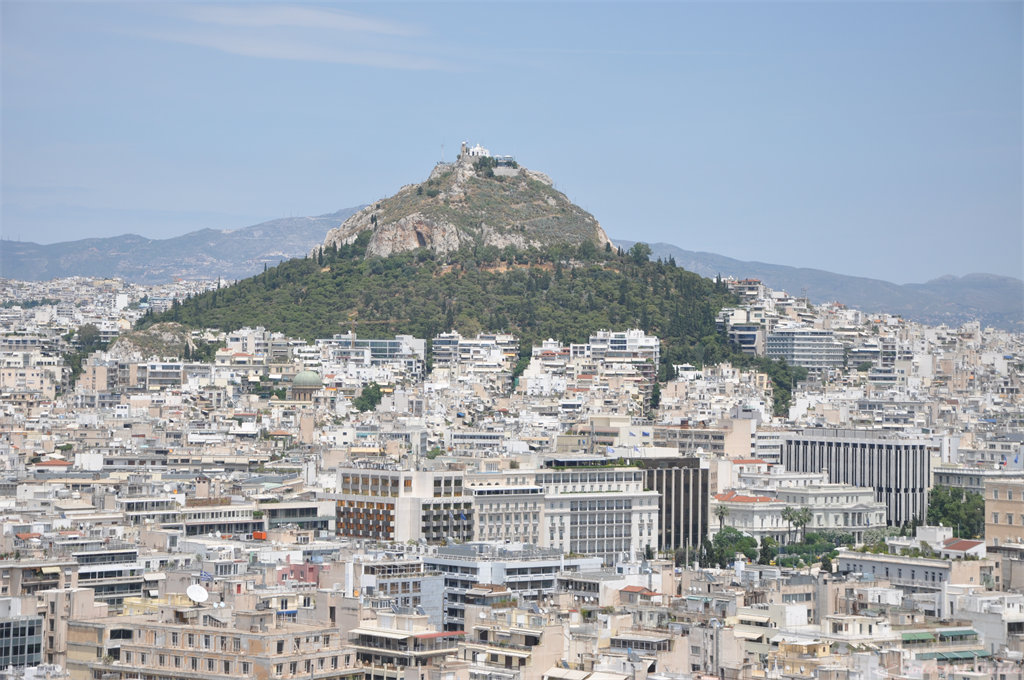
In that area, there was the statue of Apollo Lyceus, characterized by the god resting one arm on a tripod while placing the other on top of his head. Military exercises, assemblies and philosophical debates took place in the temple.
Aristotle had been the tutor of Alexander the Great, at the time the son of the Macedonian king Philip II. After Alexander the Great conquered Athens in 335 BC, Aristotle returned to the Greek capital and decided to establish a school inside the Lyceum.
Alexander the Great financed Aristotle’s school and sent animals and plants found during military expeditions to Athens. The animals and plants formed the first zoo and the first botanical garden in history.
Today, it is possible to walk on what remains of that ancient and fascinating experience.
Note: Schedules and prices reference time mentioned in the article is 12 December, 2022
Written by Enrico, Translated by Hua and Photos from Hua
